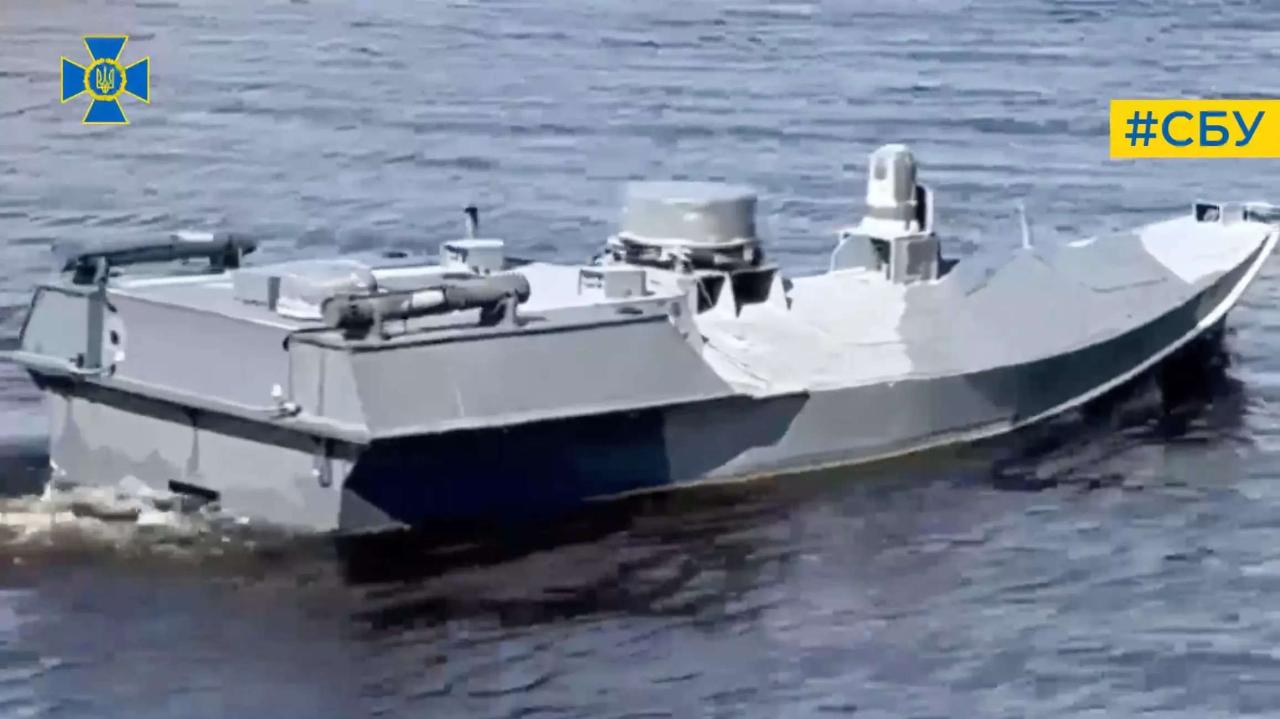Boy hit by drone – it sounds unbelievable, right? But with the increasing popularity of drones, accidents involving these flying machines are becoming more common. This isn’t just about reckless operators; it’s about understanding the potential dangers, from a small recreational drone causing a minor injury to a larger commercial drone causing serious harm. We’ll explore different scenarios, safety regulations, legal implications, and preventative measures to ensure safer skies for everyone, especially children.
This exploration will delve into the various aspects of this concerning issue, from the mechanics of drone impacts and resulting injuries to the legal and ethical responsibilities of both drone operators and manufacturers. We’ll examine real-world scenarios and offer practical solutions to mitigate future incidents, focusing on public awareness and technological advancements.
Drone Strikes: When Unmanned Aircraft Hit Children
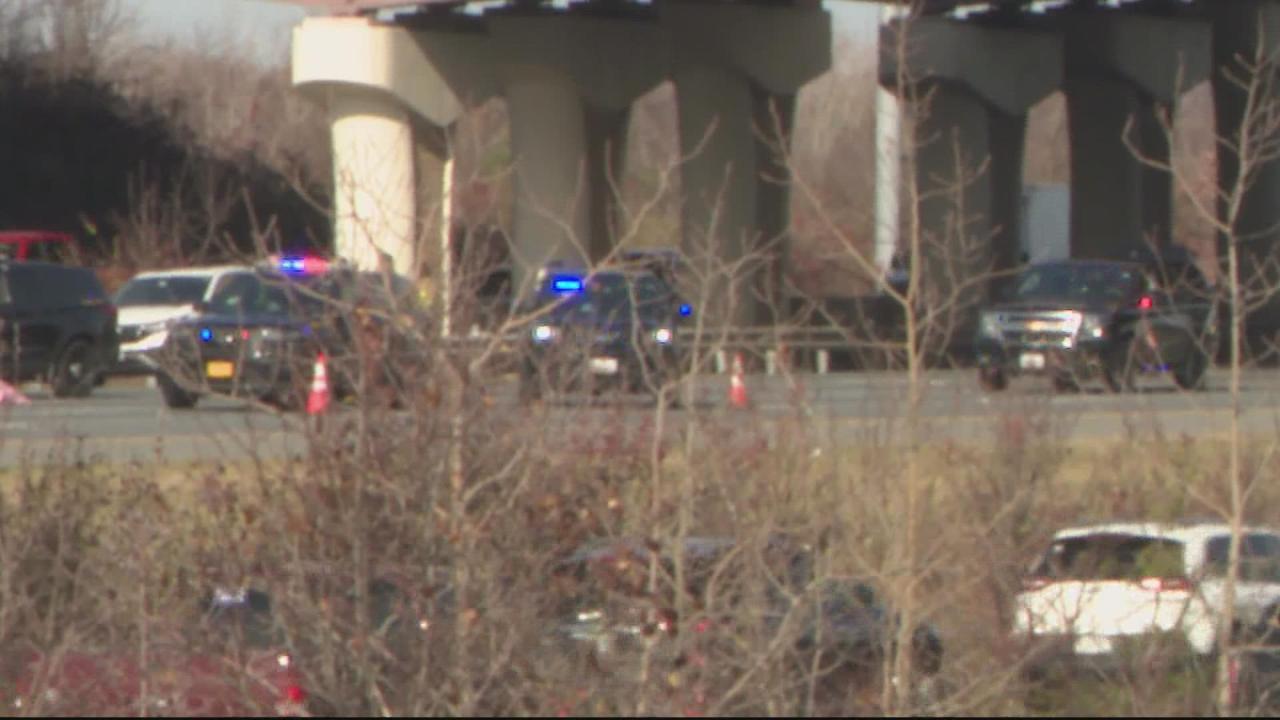
The increasing popularity of drones presents unforeseen risks, particularly concerning accidental injuries to children. This article explores the potential scenarios, safety measures, legal implications, and preventative strategies related to incidents where drones strike children.
The Incident: Describing the Event
Several scenarios can lead to a child being struck by a drone. The severity of the incident depends heavily on the type of drone, its speed, and the circumstances of the collision.
- Recreational Drone Accident: A child playing outdoors is unexpectedly struck by a small recreational drone operated by an inexperienced pilot who loses control.
- Commercial Drone Malfunction: A larger commercial drone, perhaps carrying a package, experiences a mechanical failure during a delivery, resulting in an uncontrolled descent and collision with a child.
- Malicious Drone Use: In a deliberate act, a drone is flown recklessly or intentionally aimed at a child, causing injury.
The injuries sustained can range from minor to life-threatening.
| Injury Type | Severity | Potential Causes | Treatment |
|---|---|---|---|
| Bruises and Abrasions | Minor | Low-impact collision with a small drone | Cleaning and antiseptic application |
| Fractures | Moderate to Severe | High-impact collision with a larger drone, or falling drone | Immobilization, pain management, possible surgery |
| Head Trauma | Severe | Direct impact to the head from any size drone | Immediate medical attention, hospitalization, potential surgery |
| Internal Injuries | Severe | High-impact collision from any size drone | Emergency surgery, intensive care |
Immediate action is crucial after a drone strikes a child.
- Assess the child’s condition and call emergency services immediately.
- Provide first aid if trained to do so; otherwise, avoid unnecessary intervention.
- Note the drone’s make, model, and any identifying marks if possible (safely).
- Gather witness information and contact details.
- Do not move the child unless absolutely necessary.
Drone Technology and Safety
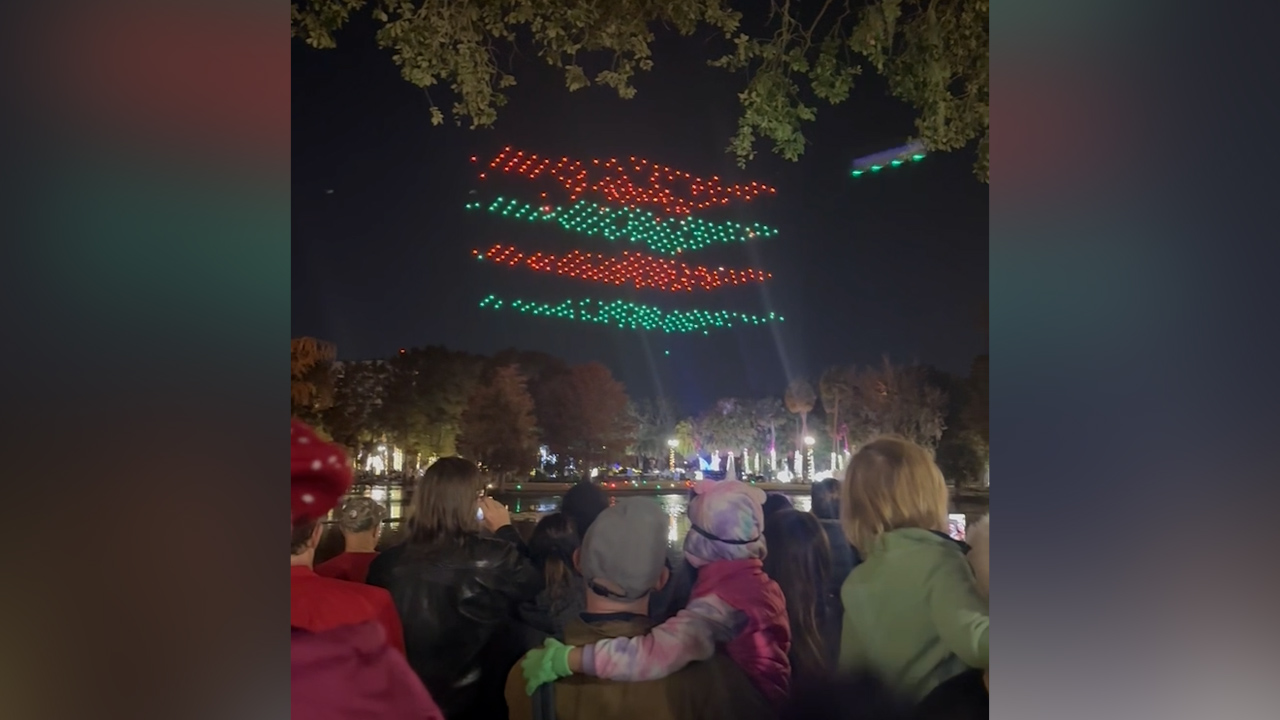
Different drone types pose varying risks. Smaller recreational drones typically cause less damage than larger commercial drones due to their size and weight. However, even a small drone can inflict significant injury at high speed.
Several safety regulations exist, but enforcement and awareness vary. Regulations often focus on airspace restrictions, pilot licensing, and operational limitations, but specific child safety measures are often less prominent. These regulations need to be strengthened and more widely publicized.
A hypothetical safety campaign could target drone operators and the public, emphasizing safe operation practices near children.
A boy being hit by a drone is a serious safety concern, highlighting the need for responsible drone operation. To see how impressive, and potentially dangerous, these shows can be, check out the amazing visuals from a florida drone show. Understanding the capabilities of these machines is crucial to preventing similar accidents involving children and ensuring everyone’s safety.
- Key Messages: “Keep your eyes on your drone, and keep your drone away from children,” “Know your drone’s capabilities and limitations,” “Always maintain a safe distance from people and objects.”
- Target Audience: Drone hobbyists, commercial drone operators, parents, and the general public.
- Visuals: Images showing safe drone operation practices, contrasted with unsafe practices resulting in accidents involving children.
Legal and Ethical Implications
Legal responsibility depends on the circumstances of the incident and the level of negligence demonstrated by the drone operator. Reckless operation could lead to significant legal repercussions.
Legal arguments could include claims of negligence, product liability (against the manufacturer), and intentional harm. The injured party’s arguments would center on proving the operator’s negligence and the resulting harm. The drone operator’s defense could involve claims of unforeseen circumstances, product malfunction, or the child’s own contributory negligence.
Drone manufacturers and operators have ethical responsibilities to ensure safe operation and minimize risks to the public, especially children. This includes robust safety features, clear operational guidelines, and transparent reporting of incidents.
Preventing Future Incidents, Boy hit by drone
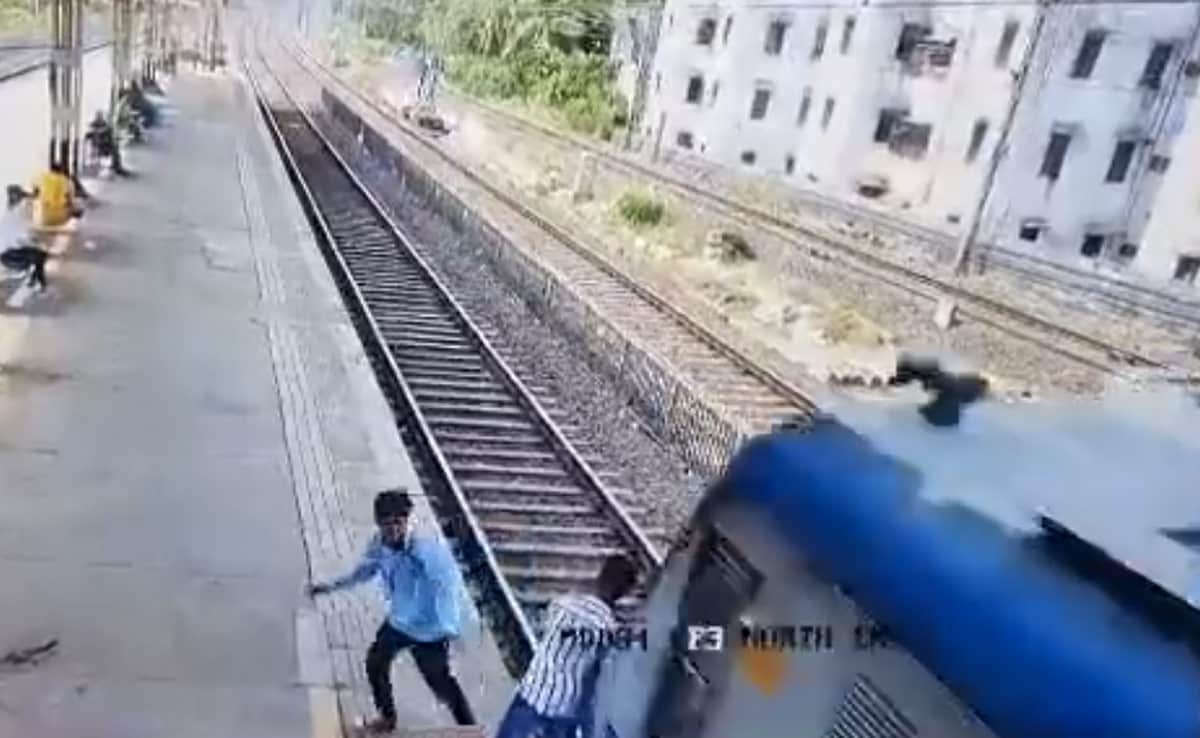
Several measures can significantly reduce the risk of drones hitting children.
- Mandatory drone safety education for all operators.
- Improved drone technology, including obstacle avoidance systems and geofencing capabilities.
- Stricter regulations and enforcement of existing drone laws.
- Public awareness campaigns emphasizing responsible drone use and child safety.
- Designated drone-flying zones away from populated areas.
Technological advancements could greatly improve safety. Features like advanced obstacle avoidance, real-time airspace monitoring, and automatic emergency landing systems are crucial.
Public awareness campaigns should utilize compelling visuals and slogans to highlight the risks and promote safe practices. Examples include: “Drones and kids don’t mix – fly safely,” and impactful images depicting near misses or accidents.
A boy getting hit by a drone is a scary thought, highlighting the potential dangers of even small unmanned aircraft. This unfortunately brings to mind larger-scale incidents, like the orlando drone show accident , which shows how important safety protocols are for drone operations, regardless of size. The boy’s incident, while smaller in scale, underscores the need for similar precautions to prevent future accidents.
Illustrative Example: A Hypothetical Case Study
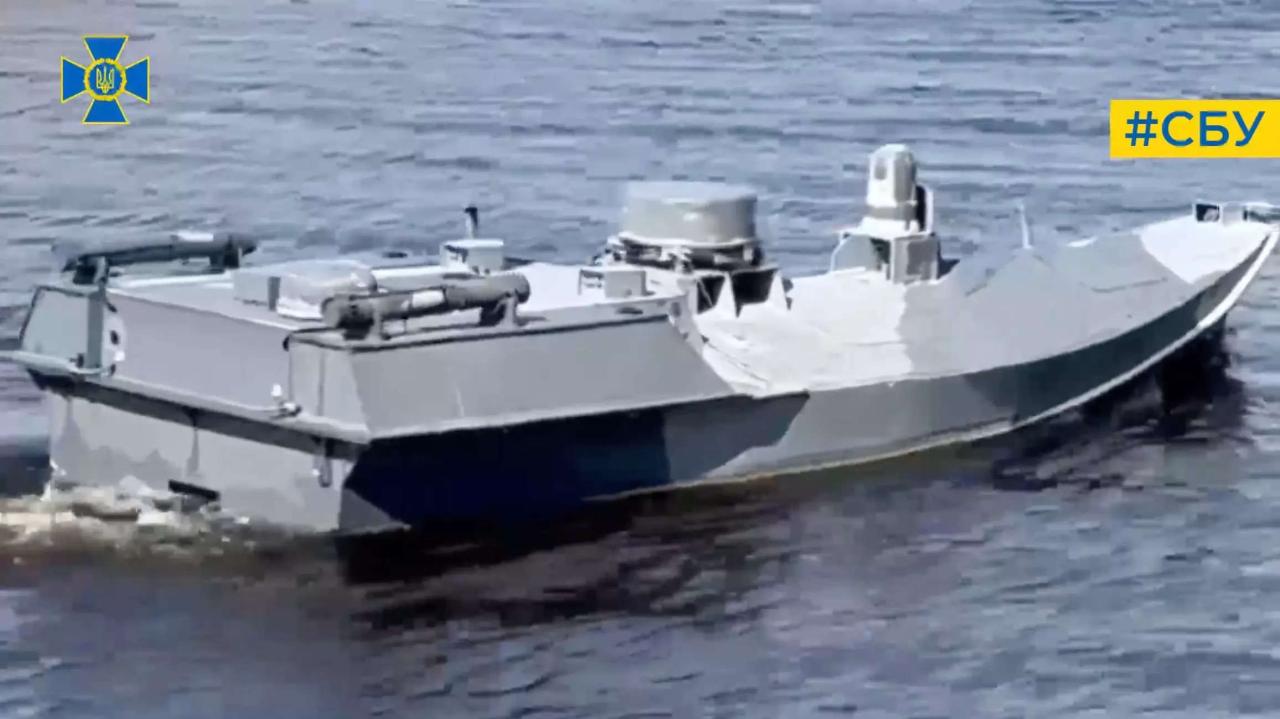
Imagine a ten-year-old boy playing in a park when a large commercial delivery drone malfunctions, losing control and falling from a significant height, striking the boy on the head. The drone, a heavy-lift model, inflicts severe head trauma, requiring emergency surgery and prolonged hospitalization. The boy suffers long-term cognitive and physical impairments.
The emotional impact on the boy and his family is profound. The boy experiences trauma, fear, and anxiety, while the family faces financial burdens, emotional distress, and the challenges of caring for a child with significant disabilities.
The accident scene is visualized as a sunny afternoon in a crowded park. The drone, a large, boxy device with visible damage, lies near a playground, its propellers scattered nearby. The boy is lying unconscious near a picnic blanket, surrounded by concerned adults.
Outcome Summary: Boy Hit By Drone
The increasing prevalence of drones necessitates a proactive approach to safety. While technology offers exciting possibilities, we must prioritize responsible operation and robust safety measures to prevent accidents like a boy being hit by a drone. By understanding the risks, implementing preventative measures, and fostering public awareness, we can work towards a future where drones coexist safely with people of all ages.
This requires a collaborative effort from manufacturers, operators, and lawmakers to ensure the safe integration of drones into our lives.
Essential FAQs
What are the most common types of injuries from a drone impact?
Injuries range from minor bruises and cuts to severe head trauma, depending on the drone’s size, speed, and the point of impact.
What should I do if I witness a drone accident involving a child?
A boy being hit by a drone is a serious safety concern, highlighting the need for responsible drone operation. This incident makes you think about large-scale drone displays like the amazing niagara falls drone show , and how important meticulous planning and safety protocols are for these events to prevent similar accidents. Ultimately, the boy’s injury underscores the crucial need for stricter regulations and operator awareness to ensure public safety.
Call emergency services immediately, provide first aid if trained, and secure the scene if possible. Do not move the injured child unless absolutely necessary.
Are there any age restrictions for operating drones?
Regulations vary by country and region, but many jurisdictions have age limits and restrictions on where and how drones can be operated.
Who is liable if a drone causes injury?
Liability depends on the circumstances of the accident, including the operator’s negligence and the drone’s condition. Legal counsel is recommended in such cases.
